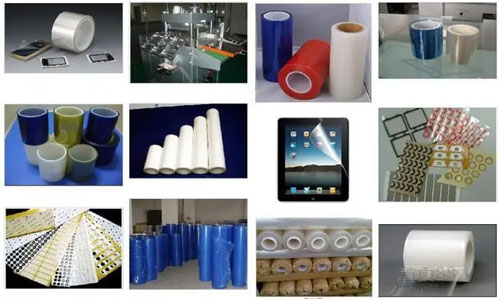
Die cutting technologies have come a long way in recent years, with several significant advances that have improved efficiency, precision, and versatility. Here are some key advancements in die cutting technologies:
1. Laser Die Cutting: Laser technology has revolutionized the die cutting industry. Laser die cutting uses a high-powered laser beam to cut through a variety of materials, including paper, plastic, fabric, and metal. It offers precise cutting, intricate designs, and eliminates the need for physical dies, reducing setup time and costs.
2. Digital Die Cutting: Digital die cutting machines use computer-controlled technology to cut intricate designs with accuracy and speed. These machines can work with various materials, including paper, cardboard, foam, vinyl, and fabric. They offer flexibility, repeatability, and the ability to handle complex designs.
3. Flatbed Die Cutting: Flatbed die cutting machines feature a flat surface where materials are placed, and a die is pressed onto the material to create the desired shape. Advances in flatbed die cutting technology have improved accuracy, speed, and automation capabilities. These machines can handle various materials, including thick boards, plastics, foams, and fabrics.
4. Rotary Die Cutting: Rotary die cutting machines use a cylindrical die that rotates to cut the material into the desired shape. This technology is ideal for high-speed production and can handle large volumes of materials. Advances in rotary die cutting have improved speed, accuracy, and automated features, making it suitable for various industries, including packaging, automotive, and medical.
5. Multi-Station Die Cutting: Multi-station die cutting machines have multiple die stations that can perform different operations simultaneously, such as cutting, creasing, embossing, and perforating. This technology allows for efficient and cost-effective production, reducing the need for multiple machines or manual labor.
6. Enhanced Automation and Integration: Advances in die cutting technologies have led to increased automation and integration with other manufacturing processes. Die cutting machines can now be seamlessly integrated into production lines, allowing for continuous operation, reducing downtime, and improving overall efficiency. Automation features such as robotic loading and unloading, material handling, and waste removal have further improved productivity and reduced labor costs.
7. Improved Precision and Quality Control: Die cutting technologies have become more precise, ensuring consistent and accurate cutting results. Advanced controls, sensors, and cameras enable real-time monitoring, feedback, and adjustments, ensuring quality control throughout the production process. This has led to enhanced product quality, reduced waste, and improved customer satisfaction.
Overall, advances in die cutting technologies have revolutionized the industry, offering increased versatility, precision, speed, and automation capabilities. These advancements have opened up new possibilities for various industries, including packaging, automotive, electronics, textiles, and medical, enabling them to create complex designs and meet the demands of a rapidly changing market.
Here are the topics that we’ll cover in this complete guide Rotary Die Cutting in Industrial Applications Section 6: Future Trends and Innovations
6.2 Integration of Robotics and Automation in Die Cutting
6.3 Digitalization and Industry 4.0 in Die Cutting Operations
Contact: Pamela
Phone: +86 189 6365 3253
E-mail: info@industryprocess.com
Whatsapp:+86 189 6365 3253
Add: Yajing Industrial Park, No. 59 Shuangjing Street, Weiting Town, Suzhou Industrial Park
We chat
